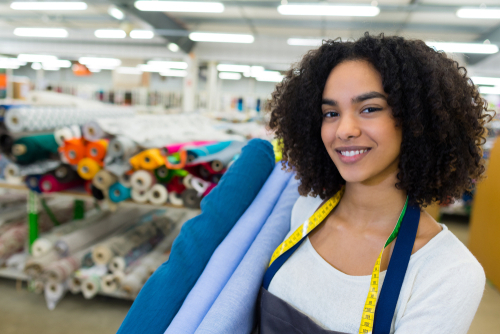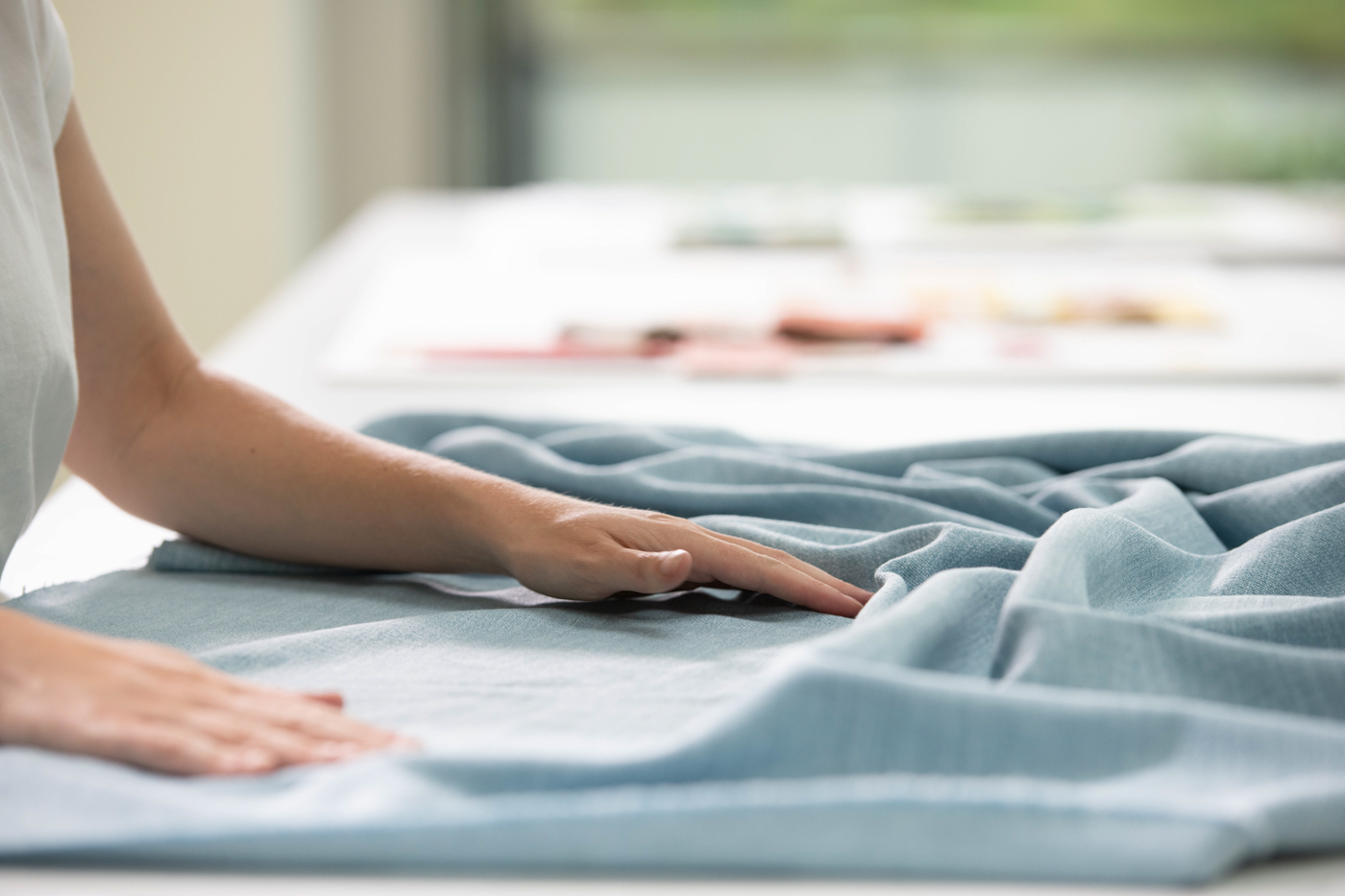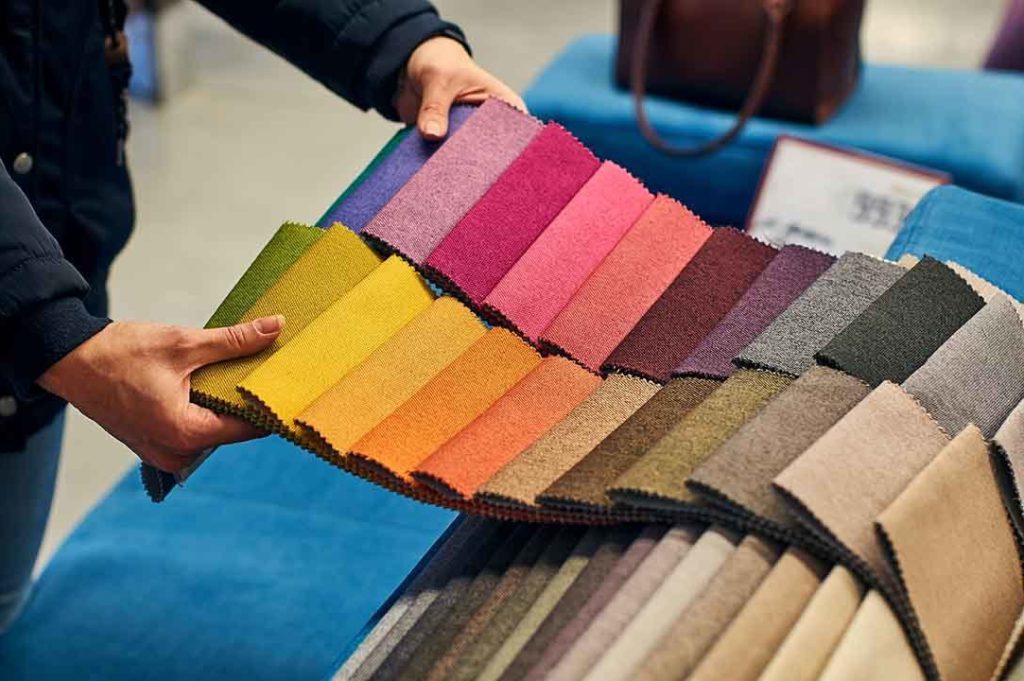Sustainability: The Future of Textiles
As the world becomes more focused on sustainability and environmental consciousness, the textile industry is undergoing a significant transformation. In this article, we explore the future of textile design and manufacturing, taking a closer look at various innovations and trends shaping the industry.
Sustainable Textiles: Towards a Circular Economy
One of the key driving forces behind the future of textile design and manufacturing is the concept of sustainable textiles. The adoption of sustainable practices is essential to reduce waste and minimize the industry's ecological footprint. To achieve this, companies are adopting a circular economy approach, which aims to maximise the lifecycle of textile products.
By producing fabrics using recycled materials or sustainable fibres, designers and manufacturers contribute to reducing environmental impact.
These sustainable textiles help conserve natural resources, minimise pollution, and promote ethical labour practices.
Digital printing and 3D printing are changing the way we design textiles
Digital printing and 3D printing technologies have revolutionised the field of textile design and manufacturing. Digital printing allows for more efficient production with minimal waste, as it eliminates the need for complex and time-consuming colour separations.
This technology enables designers to create customisable patterns and prints, catering to individual tastes and preferences. 3D printing also opens new possibilities for creating elaborate and innovative textile structures.

By layering materials and forming complex shapes, designers can produce unique textures and structures that were previously unachievable with traditional manufacturing methods. This technology offers endless creative possibilities while minimising material waste.
Learn more: 3D Printed Textiles: The Future of Fabric Innovation?
Biodegradable and Eco-Friendly Textiles: Closing the Sustainability Loop
In the quest for a more sustainable future, the development of biodegradable and eco-friendly textiles is gaining significant traction.
Let's unpack what these terms mean:
What are biodegradable fabrics?
Biodegradable textiles are designed to break down naturally over time, reducing their impact on the environment. These textiles are often made from natural fibres, such as organic cotton or linen, and do not release harmful chemicals during degradation.

What are eco-friendly fabrics?
Eco-friendly textiles encompass a broader range of sustainable options, including fabrics made from recycled materials, low-water-consuming fibres, and non-toxic dyes. These textiles are produced with minimal impact on the environment and uphold ethical practices throughout the supply chain.
As the demand for sustainable, smart, and eco-friendly textiles continues to grow, the future of textile design and manufacturing holds exciting possibilities.
By embracing innovation, adopting sustainable practices, and pushing the boundaries of technology, the industry can create fabrics that are not only stylish and functional but also contribute to a greener and more beautiful future.
The future of textiles lies in the choices we make today
To ease the environmental impact of upholstery fabrics, we need to focus on reducing consumption, promoting recycling and circular economy practices, and exploring more sustainable fibre options.

There is no silver bullet when it comes to choosing the “right” fabric - there's no fabric yet that has zero impact on the environment.
At FibreGuard, we are committed to our responsibility to ensure we find solutions for better products and product life cycles. Read more about our sustainability commitment here.
Grow your passion for fabrics and fibres
The development of new textile technologies presents designers with a wealth of exciting possibilities.
We hope our blog posts and other resources will help you learn something new about textiles that inspires your creativity.
If you're interested in learning more about how textiles can help shape our lives today and into the future, then explore our free fabrics academy.
